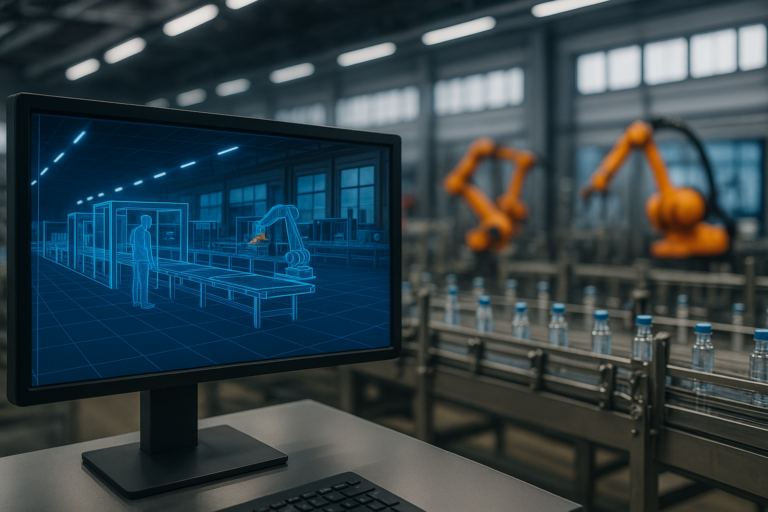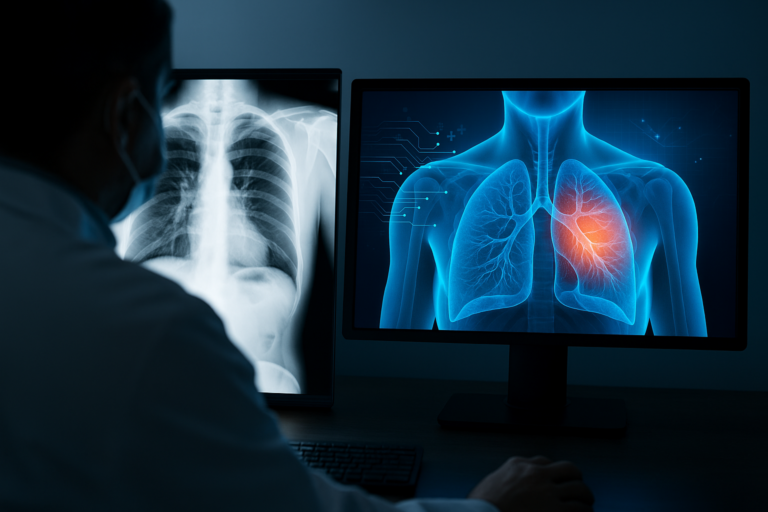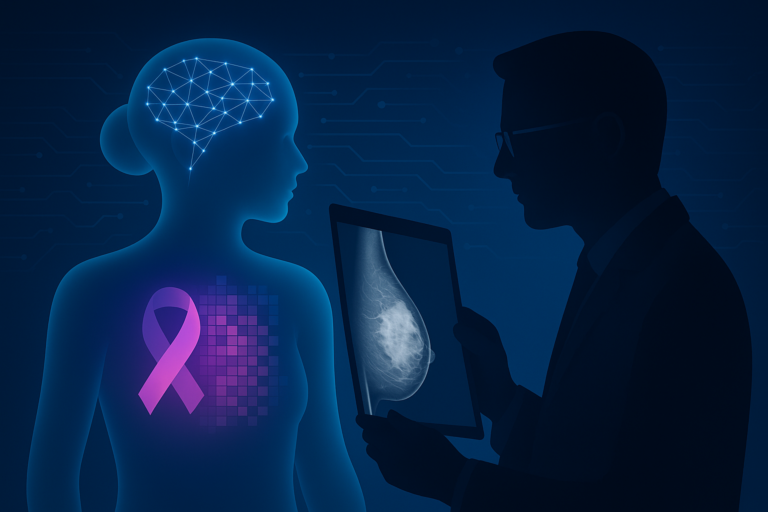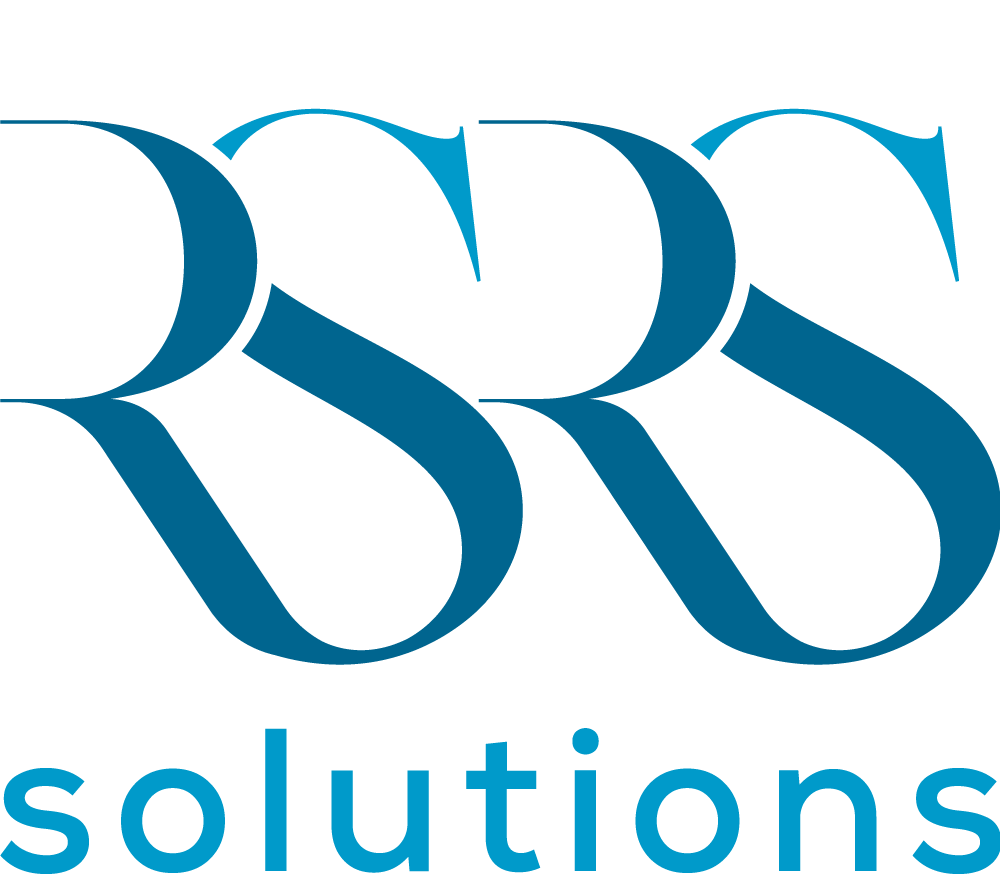AI and Computer Vision Solutions Driving the Future
Artificial intelligence is redefining how machines interpret the world. These projects highlight the application of computer vision, deep learning, and intelligent automation in critical fields such as healthcare, manufacturing, and customer service. Whether it’s diagnosing disease or optimizing operations, these solutions bring clarity and precision to complex visual data.

Digital Twin for Advanced Manufacturing
Modern factories generate vast volumes of operational data — this solution brings it to life through the creation of a digital twin: a real-time virtual representation of a physical production line.
The digital twin integrates sensor data, visual monitoring, and performance metrics to reflect live operations. Engineers and managers can use it to simulate adjustments, optimize workflows, and identify potential inefficiencies before they impact output. It acts as both a diagnostic tool and a sandbox for continuous improvement, helping manufacturers stay agile and competitive in a rapidly evolving industry.

AI-Powered Customer Service Chatbot
Customer support expectations are growing, and businesses need tools that can scale. This project introduced a smart chatbot capable of managing customer interactions across messaging platforms with context-awareness and consistency.
The assistant automates responses to common queries, provides real-time updates, and supports customers in navigating services or making decisions. It reduces the need for human intervention in routine cases, freeing up service teams to focus on more complex issues. With seamless integration into business workflows, it enhances responsiveness and elevates the overall customer experience.

Pneumonia Diagnosis Based on Chest X-ray Radiographs
Accurate diagnosis is crucial when dealing with respiratory conditions. This project introduced a medical imaging support tool that analyzes chest X-ray images to identify signs of pneumonia, streamlining the diagnostic process for healthcare professionals.
The tool enhances radiological interpretation by highlighting areas of concern in patient scans that may be difficult to detect with the naked eye. It serves as a valuable aid in clinical environments with high patient volumes, helping doctors make faster and more informed decisions. The solution ultimately contributes to earlier treatment, better patient outcomes, and more efficient use of medical resources.

Breast Cancer Detection Based on Mammograms
Early detection is vital in the fight against breast cancer. This solution applies intelligent image analysis to mammograms, enabling the identification of subtle patterns that may indicate the presence of malignant growths.
By providing a second layer of analysis to support radiologists, the system improves the accuracy and consistency of screening results. It assists in reducing false negatives and helps clinicians prioritize patients requiring further examination or urgent care. The outcome is a more effective screening process that supports long-term health outcomes and peace of mind for patients.


